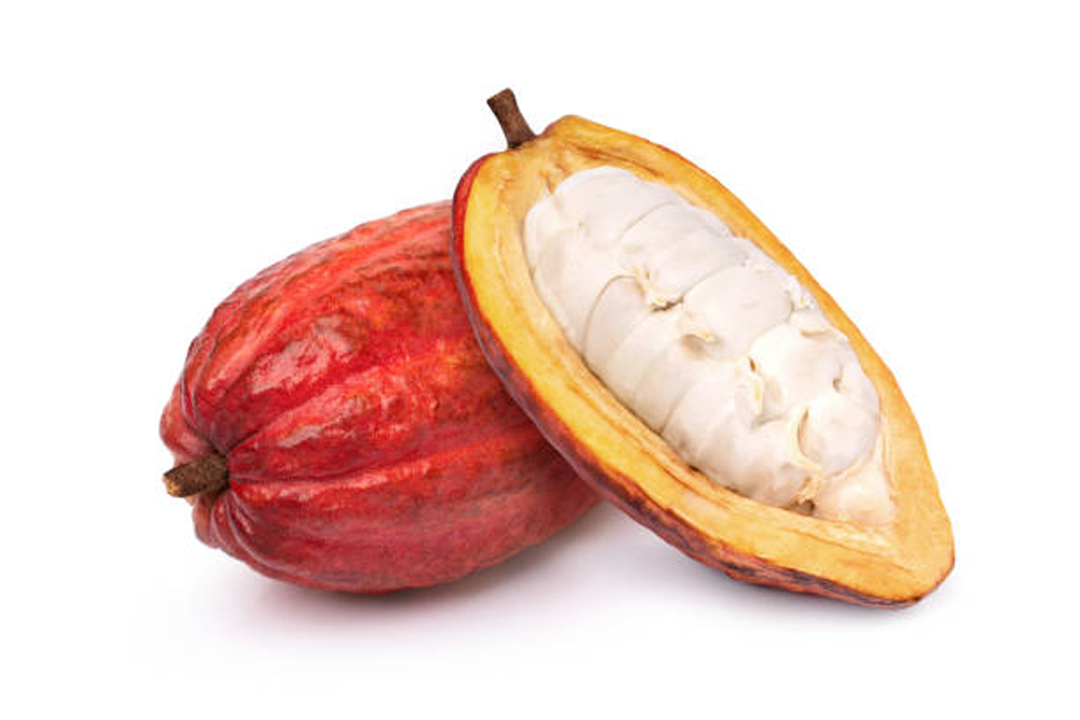Even though they are dangerous, mind-altering plants and mushrooms have always been interesting to people. Many of these things have chemicals in them that can be dangerous in large amounts, but they have also been used in medicine and religion. Today, scientific study is trying to figure out how these effects work and how they can be used in a safer way.
Culture and history
People have been interested in plants and fungus that change the way people think for hundreds of years. These things have chemicals in them that can be harmful if too much is taken, but they have also been used as medicines and in holy ceremonies. Modern medical study is just starting to figure out how these effects work scientifically and find safer ways to use them.
People in South America have been chewing coca leaves for hundreds of years to help them feel less hungry and have more energy. People thought the plant was a gift from the gods, and in 1860, a German chemist named Albert Niemann took cocaine out of the leaves. Cocaine was then used to treat people who were tired and sad. Cannabis is another plant that has been used as medicine for a long time. A Chinese manuscript from 2727 BC shows that it was used to treat constipation, malaria, and rheumatism. This is the oldest record of its use. Around 600 BC, books written in Persian called dried cannabis a “good narcotic.”
The Sumerians used the opium poppy to make a medicine that helped with pain. In ancient Egypt, opium was used to put kids to sleep. In the 17th century, people in the West started using it for fun. This led to the development of modern medicines like morphine and codeine. Even the effects of psilocybin, which is found in “magic” mushrooms, were known to people in early times. North African rock paintings from 9000 BC show that the substance was used for its effects, and the Mayan and Aztec societies of Central and South America used it to get into trances and talk to the gods.
Medical uses—now and in the future
Opiates have been used as medicine for hundreds of years, but scientists are still looking into how other mind-altering drugs made from plants could be used to treat different diseases. After a medicine is made, it goes through clinical testing to make sure it is safe and works well.
Coca cures

Researchers at the Arizona Center for Integrative Medicine are looking at how the alkaloids in the coca leaf work together to find out if they could be used to treat things like motion sickness, digestive problems, and weight. Most of the time, these drugs are taken by mouth, which helps lower the risk of becoming addicted.
A change of view
By the start of the 21st century, people were starting to realize that weed could be used as medicine. With the drug Sativex, Canada was the first country to offer a cannabis product for medical use. Since then, the drug has been approved in a number of other countries, including the UK, to treat some of the signs of multiple sclerosis. Researchers are still looking into how well drugs made from cannabis work to treat conditions like Parkinson’s disease and spinal cord injuries that damage nerves. These drugs have also shown promise for treating insomnia, nervousness, and loss of appetite.
Effective pain control
Because of the hypodermic syringe, morphine became famous as a painkiller that worked almost right away. It was often used during childbirth. It can now be bought in the form of pills, liquid, and skin patches. It works by stopping pain receptors in the brain from working. Morphine is often used during surgery as an anesthetic and to treat severe pain from major injuries and many types of cancer. Researchers are trying to make drugs that work like opiates but don’t cause tolerance or addiction. Because there isn’t enough opium to go around, the poppy is now grown for money in southern Britain and other European countries.
Help for depression?
Recent studies have looked at psilocybin, a drug made from psilocybin mushrooms that makes people feel high, as a possible tranquilizer. Scientists at University College London did studies where they put psilocybin into the blood of volunteers and watched how it affected their brains with MRI scans. The study showed that the drug affected important parts of the brain, like the posterior cingulate cortex, which is involved in consciousness and self-identity, and the medial prefrontal cortex, which is overactive in people with depression. People are working on making medical forms of the drug that don’t make people hallucinate.







